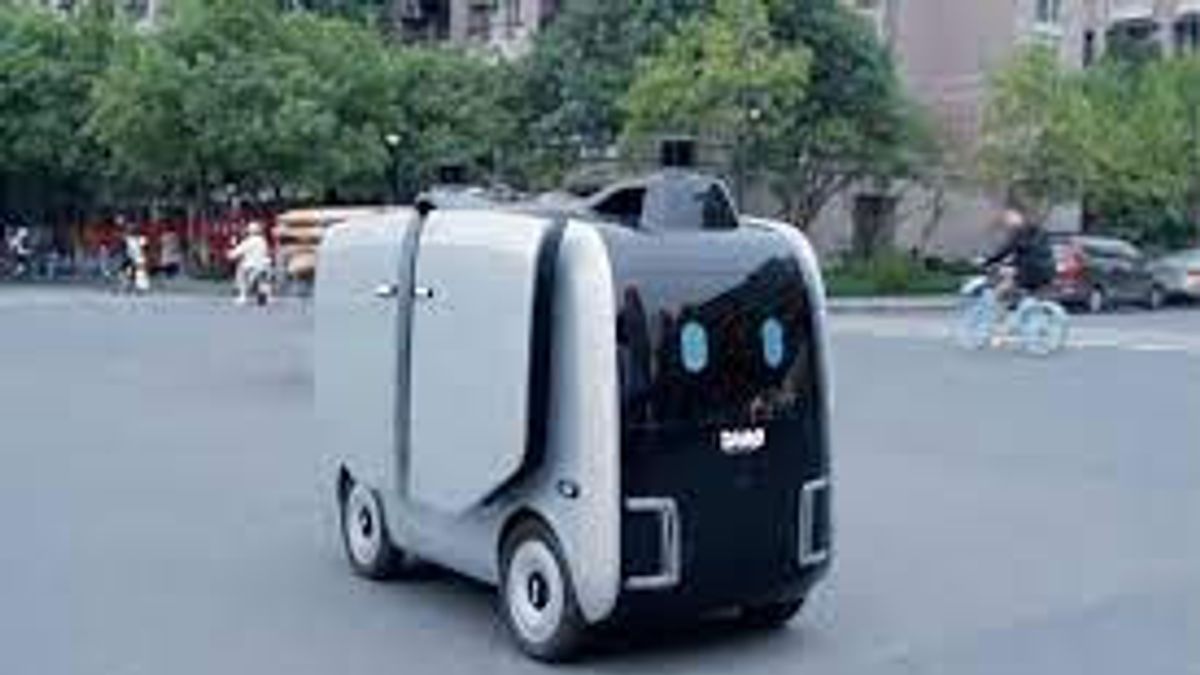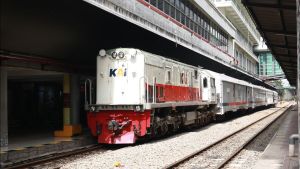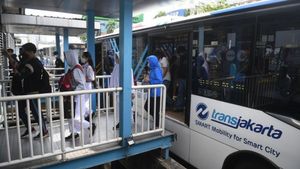JAKARTA - More than a thousand robots will join the ranks of delivery personnel of Chinese giants Alibaba, Meituan and JD.com over the next year as the pandemic fuels demand for contactless services.
Companies expect to operate more than 2,000 of their robots by 2022, up about four times from now, Alibaba executives said, also driven by lower costs of manufacturing robots.
Millions of couriers still deliver packages for less than 3 yuan (Rp 6,616) in China, but the company has been exploring the use of drones or robots such as boxes on wheels since 2013 amid a labor crisis worsened by the pandemic.
Beijing has also ordered companies to ensure rest periods for couriers as they try to meet rising demand and deadlines.
"The COVID-19 pandemic has been a huge impetus" for plans to launch the robot, said Xia Huaxia, chief scientist at Meituan.
The food delivery giant launched its robotic service in February 2020 when infections were high in Beijing, earlier than its planned year-end launch.
JD.com also put forward its plans to launch its robotic service, said Kong Qi, chief scientist of the e-commerce giant's autonomous drive unit. They targeted a June 2020 launch in Beijing, but started using the service in Wuhan in February when the Chinese city was under lockdown.
"We want people and vehicles to work better together and not vehicles to replace people. It's only in the most tedious part of the delivery person job that we will try to replace," he said.
LIMIT VS BENEFITS
However, human dispatch personnel outnumber robots, which have limitations such as the inability to climb stairs. In addition, robots are only allowed on certain routes such as housing and school campuses due to speed limits and road conditions.
Robots also tend to be used to deliver less time-sensitive products such as packages, rather than food.
"The efficiency is low for an office area where people order a lot of food and packages but limited vehicle capacity," said Zhang Ji, 25, as he picked up packages delivered by autonomous vehicles near his Beijing office.
But proponents of the idea also support the long-term benefits of robots such as lower long-distance shipping costs. Researchers at the University of Michigan say fully and partially automated vehicles can cut shipping costs by 10-40% in cities.
Alibaba's long-haul logistics vehicles shipped more than one million orders in September to more than 200,000 consumers, the company said. It operates more than 200 robots and plans to have 1,000 by March and 10,000 over the next three years.
COST DOWN
“The cost of making robots is going down,” said Wang Gang, vice president at Alibaba in charge of autonomous driving, mainly because of the lower price of lidar sensors that help measure distances and create images around vehicles.
Alibaba and JD.com said the cost of making their robots was under 250,000 yuan (Rp 551 million) each and falling.
JD.com, which operates about 200 robots, plans to expand to around 1,000 units by the end of 2021.
Meituan sees the cost of building its robot at around 400,000 yuan this year, compared to 600,000 yuan in 2020, Xia said.
"The Meituan robot will cost less than 200,000 yuan by 2025, that's when the industry will see the mass application of more than 10,000 units of the robot," Xia said. Meituan currently has around 100 delivery robots.
Shipping companies in other countries have also tested the robot. Russia's Yandex and online food ordering company GrubHub plan to start using driverless robots to deliver food on US campuses. Read more
"I hope the robot can be widely used soon because it will make our lives more comfortable ... it will also reduce face-to-face contact during the pandemic so that we can be safer," said Pan Hongju, 28, a programmer in Beijing.
The English, Chinese, Japanese, Arabic, and French versions are automatically generated by the AI. So there may still be inaccuracies in translating, please always see Indonesian as our main language. (system supported by DigitalSiber.id)











